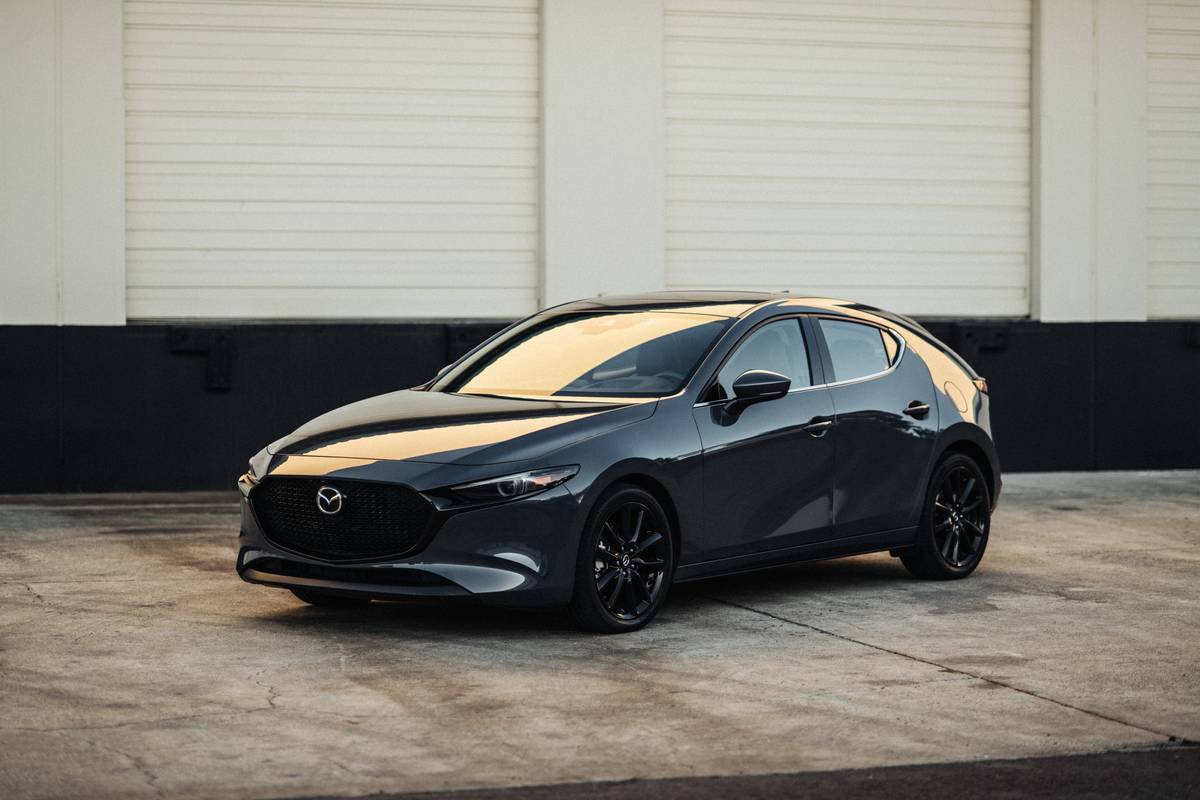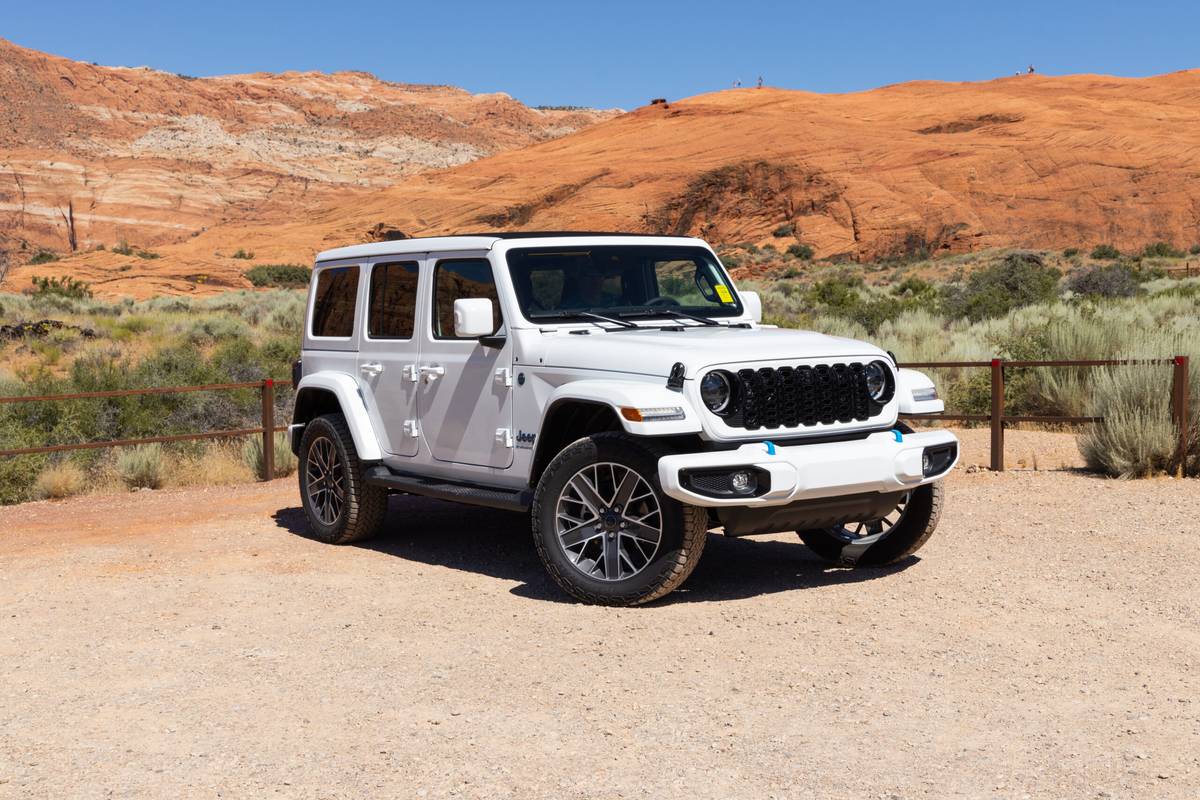Our view: 2008 Saturn Astra

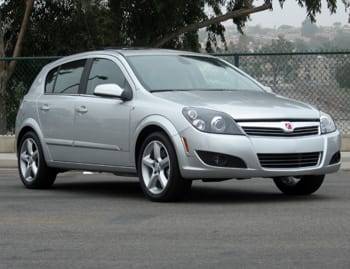
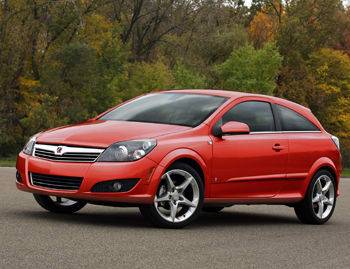
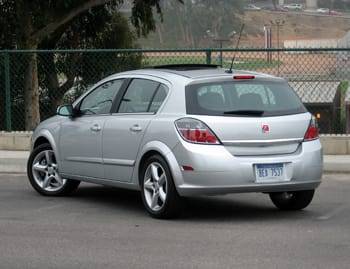
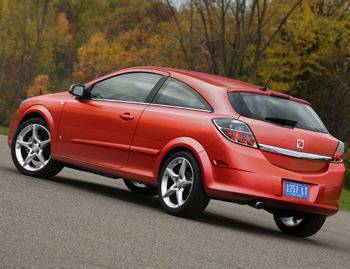



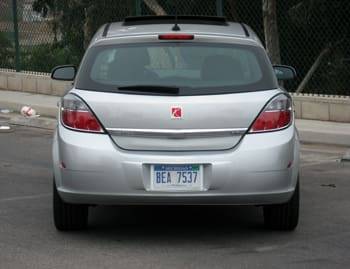
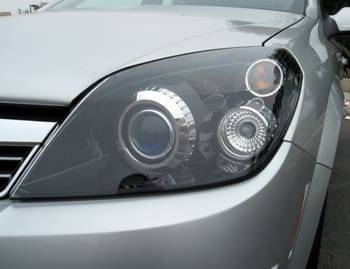
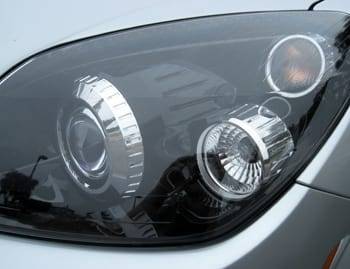
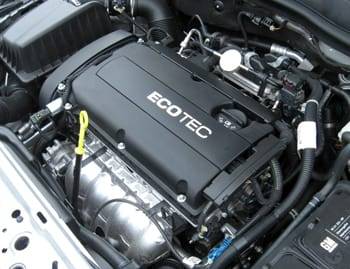
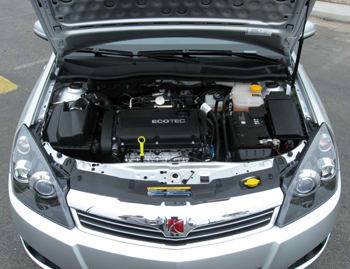
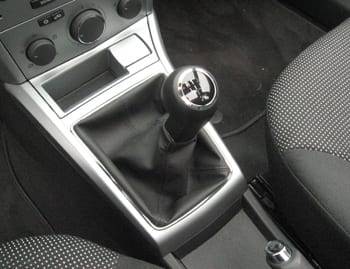
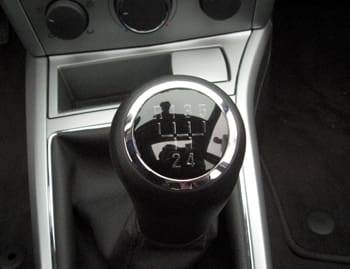

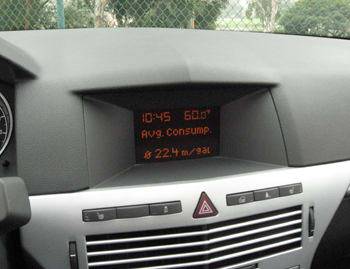


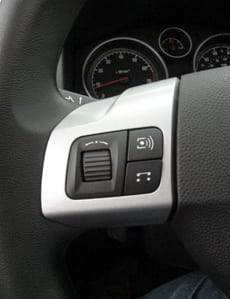
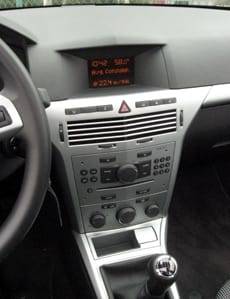
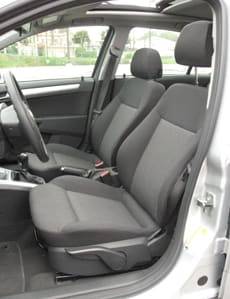
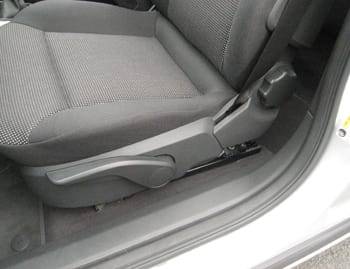

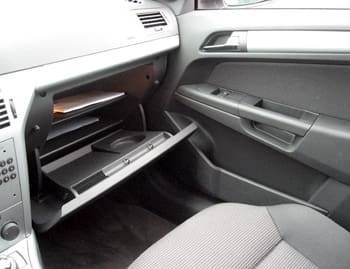



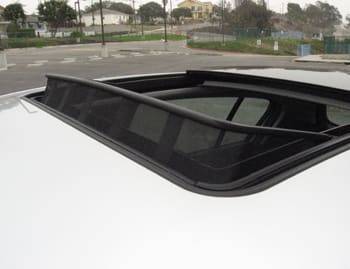
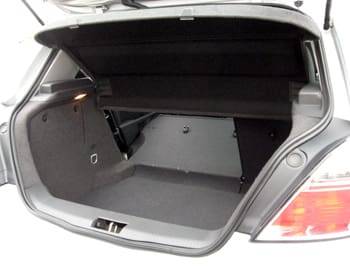
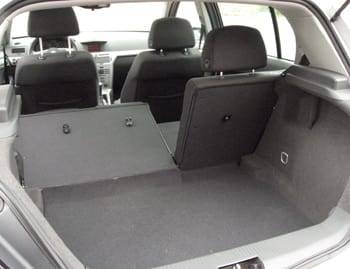
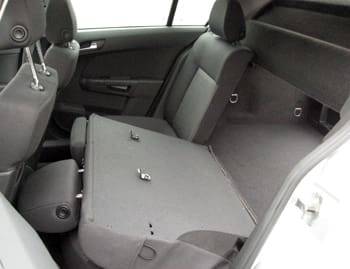


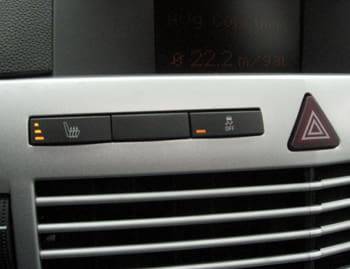

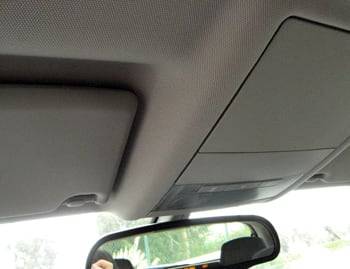

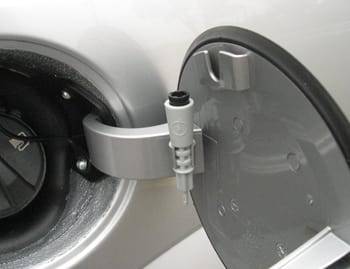






































To the extent that a compact car priced between $15,995 and $18,495 can replace one that retailed for as little as $12,300, the 2008 Saturn Astra two- and four-door hatchbacks replace the Ion sedan and coupe. To put it charitably, the Ion didn’t enjoy nearly the success of the original small models on which the “different kind of car company” is based. Having driven the Astra for a few days, I can attest that it’s clearly better than the Ion. If the Astra were a brand-new model, I’d say it should be better than it is, as it’s priced in the same range as the Honda Civic and Volkswagen Jetta, which are more refined. Given that it’s a reskinned (or perhaps I should say regrilled) version of a car that’s been sold overseas for four years, a more competitive redesign or replacement could come sooner rather than later.
The Saturn Astra is an unapologetic rebadging of the Opel Astra. By using the same model name, parent company General Motors is celebrating rather than hiding the origin of this car, which is well-regarded in Europe. Close to 500,000 of them were sold there last year under the Opel and Vauxhall names. It’s also sold practically everywhere else in the world under one GM brand or another, including Japan, Africa, India, Australia, the Middle East, Russia and Latin America. It’s assembled in nearly as many locations, but the Saturn Astra is imported from a plant in Antwerp, Belgium.
The five-door hatchback comes in two trim levels: XE and XR. I tested an XR. The three-door is sold only in the higher, XR trim.
Exterior & Styling
The two-door holds together visually, but the four-door looks a bit awkward to me. However, when you consider that the car wasn’t built from scratch to be a Saturn, the Astra carries the new Saturn design direction well. It repeatedly evoked the description “cute” among people who saw it; you can decide for yourself if that’s a good or a bad thing. The headlight cluster includes separate projector-style headlamps and signal and marker lights behind a colorless transparent lens. What I like about the design is that the entire cluster isn’t chrome — a played-out fad that I never liked in the first place. Only a few rings are chrome to give the cluster depth.
It bears noting that there are additional Astra body styles available elsewhere, including a sedan sold in Turkey and a retractable-hardtop convertible body type in Eastern Europe. GM is mum on the possibility of a sedan for the U.S., despite the fact that hatchbacks are less popular here. Saturn predicts annual sales below 50,000, though the Ion sold roughly 100,000. The company says it will sell fewer Astras to fleets (that’s jargon for rental car companies), and the Aura midsize sedan is hoped to absorb some other would-be Ion buyers.
Going & Stopping
A 138-horsepower, 1.8-liter four-cylinder is the only engine, and a five-speed manual or four-speed automatic are the only transmission options for the front-wheel-drive Astra. My car was a five-speed, which I found easy to drive (dare I even say fun-to-drive?), though the shifter was canted oddly to the right when in neutral — intended for right-hand-drive versions, perhaps?
The Astra is no power wagon, but that’s the case for many cars in this class, where 140 to 150 hp is the norm and gas mileage is decent. As expected, the slightly larger engines offer more torque.
| Compact Models Compared | |||||||||||||||||||||||||||||||||||||||||
|---|---|---|---|---|---|---|---|---|---|---|---|---|---|---|---|---|---|---|---|---|---|---|---|---|---|---|---|---|---|---|---|---|---|---|---|---|---|---|---|---|---|
| Engine type | Horse- power (@ rpm) |
Torque (lbs.-ft. @ rpm) | Curb weight (lbs.) | EPA mpg (man. city/hwy/ combined; auto. city/hwy/ combined) |
|||||||||||||||||||||||||||||||||||||
| Chevy Cobalt LS sedan | 2.2-liter I-4 |
148 @ 5,600 | 152 @ 4,200 | 3,216 | 24/33/27 22/31/26 |
||||||||||||||||||||||||||||||||||||
| Ford Focus S sedan | 2.0-liter I-4 |
140 @ 6,000 | 136 @ 4,250 | 2,623 | 24/35/28 24/33/28 |
||||||||||||||||||||||||||||||||||||
| Honda Civic DX sedan | 1.8-liter I-4 |
140 @ 6,300 | 128 @ 4,300 | 2,628 | 26/34/29 25/36/29 |
||||||||||||||||||||||||||||||||||||
| Mazda3 S 4-door hatchback | 2.3-liter I-4 |
156 @ 6,500 | 150 @ 4,500 | 2,930 | 22/29/25 22/29/24 |
||||||||||||||||||||||||||||||||||||
| Saturn Astra 4-door | 1.8-liter I-4 |
138 @ 6,300 | 125 @ 3,800 | 2,921 | 24/32/na 24/30/na |
||||||||||||||||||||||||||||||||||||
| Subaru Impreza 2.5 sedan | 2.5-liter flat-4 | 170 @ 6,000 | 170 @ 4,400 | 3,064 | 20/27/22 20/27/22 |
||||||||||||||||||||||||||||||||||||
| Volkswagen Jetta | 2.5-liter I-5 |
170 @ 5,700 | 177 @ 4,250 | 3,230 | 21/29/24 21/29/24 |
||||||||||||||||||||||||||||||||||||
Clearly, the Civic is closest to the Astra in engine size and output, but the Civic is lighter. Note that the models with larger engines are also heavier, which negates some of their torque advantage. To know for sure how each car accelerates, you’ll have to drive them, but I can confirm that the Astra’s relatively low torque is felt when accelerating off the line. Saturn says at least 90 percent of the peak torque is available from 2,200 to 6,200 rpm, but that peak is a modest 125 pounds-feet. Only once the engine is really winding do you appreciate passing power, and then it sounds pretty thrashy. I’ve never been a big fan of the Ecotec engine family, and this is one reason.
At first I assumed that the five-speed was geared for high-speed cruising, but the little engine that could is plenty busy at highway speeds. The Astra, like most cars, could do with another gear. Ditto for the automatic, though four-speeds still haunt most cars in this class. The Civic and upcoming 2009 Toyota Corolla have moved on to five-speed automatics, and the Jetta has six. An additional gear could give the Astra a quicker launch and/or higher cruising efficiency.
Among the features that mitigate the Astra’s higher price are four-wheel disc brakes where rear drums are often the norm. Antilock brakes also are standard rather than optional. The Jetta and Mazda3 hatchback are other exceptions, on both counts. The Astra’s brakes did the job just fine for me in spirited driving and on steep hills.
The Astra offers many other drivetrains overseas, including diesels and turbos. Unfortunately, a GM exec has said an Astra Red Line is practically a non-starter due to U.S. emissions restrictions. Because the current generation is near the end of its life, further investment is unlikely.
Ride & Handling
The Astra’s ride and handling are among its finer points. It has a semi-independent rear suspension, which is technically inferior to the independent designs used in the Ford Focus, Civic, Subaru Impreza, Jetta and Mazda3. (The current Corolla and Chevrolet Cobalt/Pontiac G5 also employ a torsion-beam rear suspension.) In practice, though, the Astra’s dynamics are good. A 62/38 percent weight distribution (front/rear) gives it a definitive understeer bias, but I found it controllable, and it masked any suspension shortcomings that might have cropped up if the tail were easier to swing wide in aggressive cornering. Though the four-door XR comes with a softer suspension and 16-inch alloy wheels as standard equipment, my test car had the sport handling package’s firmer tuning and 17-inch wheels, both standard on the two-door. The tires are high-performance all-season types. Eighteen-inch wheels and summer tires are optional only on the two-door. The option package also includes StabiliTrak, an electronic stability system with traction control, which I was pleased to find minimally intrusive.
An impressive solidity really adds to the driving experience. It’s not quite as vaultlike as a Jetta, but neither does it feel as heavy. On the flip side, though the Focus has always had stunningly unflappable dynamics, it’s never completely shaken the entry-level feel despite recent interior and noise-control upgrades. (Ironically, Ford has a newer and more premium version of the Focus available overseas but refuses to import it.) The Focus’ steering feedback, however, has always been of note, and the Astra’s also was to my liking. The sport handling package quickens the steering ratio from 15:1 to 14:1. The Astra’s electro-hydraulic steering is an excellent compromise between power-robbing hydraulic steering and the efficient but often disconnected-feeling electric power assist: The Astra uses an electric-motor-driven pump rather than a conventional one driven by the engine, so it’s not sapping power and hurting efficiency all the time, whether the car’s turning or not. You get the natural, hydraulic power assist feel without all the downsides.
Body roll was well controlled in my car, and the ride quality was pretty good. The standard suspension and higher-series tires should deliver a more compliant ride.
The Inside
The interior shapes are a little bizarre, and not what Saturn designers would likely have done with a clean slate. Signs of the car’s Euro heritage abound: The standard steering-wheel-mounted controls on the left spoke bear unfamiliar symbols that turned out to control the trip computer on the center-of-dash display — a prominent focal point for such a mundane feature. The tachometer markings are in Audi-style hundreds: 10 and 20 representing 1,000 and 2,000 rpm, for example, instead of the U.S.-standard 1, 2, etc. (x 1000 rpm). You have to make a point of distinguishing the speedometer from the tach, because at some speeds and in some gears it’s possible to think a lower tach reading is your speed, meaning you may exceed the limit enough to earn you a ticket.
Apart from the design, the dashboard surface is soft to the touch, and the other materials and controls seem pretty high-quality. The ceiling is covered with woven headliner fabric, and though the sun visors are the cheapest-feeling vinyl imaginable, both have illuminated vanity mirrors. The wiper blades are the clean, uniform type that don’t collect as much snow and ice as the more common claw type do. The dash has a lot of faux metal, which is neither the worst I’ve seen nor the best. The center controls are mostly ergonomic.
My car’s cloth seats were impressive, especially because American manufacturers so often get seats wrong. Rather than the mushy type that impress at first, the Astra’s are firm and prove supportive and comfortable over time, but there’s no center armrest, and I definitely missed it. Other pluses include a standard tilt/telescoping steering wheel and manual driver’s seat height adjustment. The height control is the best type — a jack-style lever — and the backrest angle the worst: a rotary knob positioned behind your hips. Still relatively rare, the cloth seats are heatable as a stand-alone option. Heated leather seats come in the Premium Trim option package.
The interior dimensions are in the middle of the compact-car class, though backseat hip room is narrower than average. The backseat is reasonably accommodating, though the center floor hump is intrusive and makes the center seat of questionable use. The optional two-panel moonroof, which extends well over the backseat, makes it seem more roomy. The tilt/slide glass roof opens rearward, covering the rear pane. A power-retracting shade is great — and nearly opaque, unlike some such cloth shades — but it characteristically doesn’t block sound.
The illuminated glove compartment is a decent size, as are the front door pockets, but there’s no center storage console at all — just the parking-brake lever and a cupholder oriented more for the rear seats than the front.
Overall cabin noise is low, with the exception in my car of tire noise at high speeds on certain surfaces, especially grooved freeway pavement.
Safety
Being new to our market, the Astra hasn’t yet been crash-tested. It boasts exceptional results in Europe, but U.S. tests are a bit different.
In addition to the required frontal airbags, side curtains are standard, as are supplemental side torso airbags for the front seats. Active head restraints are included in the front seats as standard equipment to meet European safety requirements. Saturn also includes OnStar with one year of complimentary Safe & Sound service. The stability system is optional.
Cargo & Towing
The hatchback bodystyle gives the Saturn Astra a healthy maximum cargo volume of 44.4 cubic feet when the standard 60/40-split backseat is folded down — almost identical to the Impreza and Mazda3 hatchbacks. Unfortunately, its 12.2 cu. ft. behind the backseat is smaller than the Impreza’s 19.0 and the Mazda3’s 17.1. Even some of the sedan trunks in this class are larger. One concern is the child-seat top-tether anchors on the rear seats’ backrests. This is a decent location for their purpose, but they’re the most obstructive — and potentially destructive — I can remember seeing on a folding backrest. Usually such attachment points are recessed; these protrude and are bare metal — bracket and bolt head. I can just imagine sliding a piece of furniture or the like into or onto these things. Game over.
This isn’t the best car class for people who want to tow trailers, but Saturn rates the maximum towing capacity at 1,388 pounds, and you have to give it credit for specificity … or for accurately converting a more round metric measurement. When other compact cars are rated at all, the maximum is usually 1,000 pounds, but the current Corolla’s limit is 1,500 pounds, and the Impreza tows 2,000 with optional equipment.
Features
Because we’re publishing this review ahead of the official data, here’s an overview of the features and prices that will soon be accessible via the buttons in the left margin above: The four-door has a no-haggle price of $15,995 for the XE and $17,545 for the XR with manual transmissions, including the destination charge. The two-door, sold only as an XR, starts at $18,495. The automatic transmission adds $1,325 to any of these prices.
With the exception of the Saturn Astra XE, which lacks air conditioning — a $960 option — the Astra is pretty well equipped. Standard features not already mentioned include power windows and locks with remote keyless entry, cruise control, heated power side mirrors, a CD stereo and RainSense wipers. The XR trim level adds projector-beam fog lights and alloy wheels.
Optional on the four-door XR, the Sport Handling package costs $695. Both body styles in the XR trim level are eligible for a premium stereo with a six-CD changer and a graphic equalizer for $595. Unlike many GM models, the Astra doesn’t have an MP3-player input jack. Adding leather to the seats and steering wheel — as well as a manual lumbar adjustment, seat heat and other trim and cabin lighting upgrades — costs $795 in the four-door XR and $745 in the two-door.
Seat heaters for the cloth seats cost $250 for any trim level. Standard on the two-door, StabiliTrak costs $495 on the four-door. The four-door’s moonroof costs $1,000.
Astra in the Market
A new Opel Astra is slated for overseas production by 2010, but we don’t know if or when the U.S. will get that, or where it will be manufactured. Overall, I understand why GM brought the Astra over and the amount of revising it did to achieve it, and I think it’s a good move. It’s superior to the Cobalt and G5 … and every compact car GM has ever made, which says as much about all those cars (and probably more) as it does about the Astra.
The last time GM tried this kind of experiment, it sold a reworked Subaru Impreza as the Saab 9-2X in 2005 and 2006, and it was an abject failure. A car that was supposed to cost more than the Subaru ended up selling for far less, despite arguable superiority. Why this car failed is a mystery to me, and people who took advantage were wise indeed. Transforming a model from GM’s Japanese partner required much more investment than the Saturn Astra has, so the risk isn’t great. On the downside, the minimal revisions make the Astra not very Saturn-like; on the upside, it may be better for Saturn to have good products that are less unique than exclusive ones that are, at best, mediocre.
No longer are all Saturns assembled in Spring Hill, Tenn., with plastic body panels; they have broader appeal. Historically, Saturn buyers and lovers have been … a type. (I’m sorry, folks, but it’s the hard truth: You’re a type.) The type probably wasn’t enough to support a volume brand, though the dearth of models over more than a decade certainly didn’t help grow the Saturn business. Though it’s a good car on its own merits, I question the Astra’s chances because of another similarity to the previous experiment: Saab buyers are also a type, and they rejected what I considered a good car, perhaps because it didn’t say “Saab” to them. Will the Saturn Astra say “Saturn” to Saturn types? Will other types sweep in and make up the difference? We’ll see.
| Send Joe an email |

Former Executive Editor Joe Wiesenfelder, a Cars.com launch veteran, led the car evaluation effort. He owns a 1984 Mercedes 300D and a 2002 Mazda Miata SE.
Latest news
